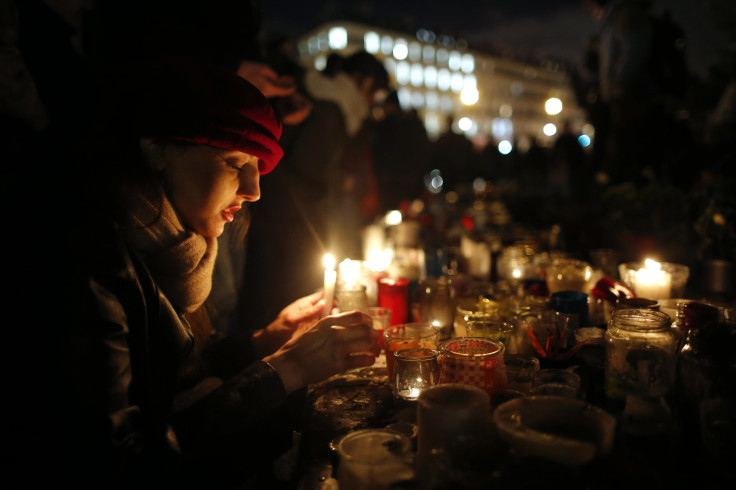The Truth About Refugees In Europe: After Paris Attack, Terrorism In France Not Driven By Migrant Crisis, Data Shows

Following the Nov. 13, 2015 attacks by a group of Islamic State terrorists in Paris, the far-right, anti-immigrant French party known as the Front National saw a surge in popularity, winning nearly a third of the vote nationwide in France’s December 2015 regional elections—its best-ever performance.
“It [the Front National] is the lone party defending a republic that is authentically French, with only one vocation: the national interest, the development of French employment, the preservation of our way of life, the development of our traditions and the defense of all French people,” party leader Marine Le Pen said in a speech following the electoral victory nearly a year ago.
The rise of nationalist groups across Europe in recent years has stemmed in part from a negative view refugees seeking asylum in the Western countries as they flee violence in Iraq, Syria and other parts of the Middle East and Africa. And attacks like the Nov. 13, 2015 massacre—perpetrated by members of terrorist groups driving civilians out of those regions and into Europe—have helped fan the flames of nativist resentment.
“France and the French are no longer safe,” Le Pen told an audience the day after the 2015 attacks, urging officials to eradicate Islamism in the country, the New York Times reported. Another member of the Front National, Florian Philippot, said the same day that the violence by Islamic State militants in Paris “really poses the question that we have been asking, that they will infiltrate the migratory flux that is arriving in Europe,” according to the Times.
But is there a relationship between the number of refugees in France and the number of terrorist attacks against the country?
The previous two years have certainly been violent for France, with high-profile attacks at not only the Paris stadium, concert hall and restaurants but also at the Paris office of the weekly Charlie Hebdo newspaper in January 2015, when a dozen people were killed, and at a Bastille Day parade in the southern city of Nice last summer, in which the death toll was 85. But the actual number of terror attacks has actually been much lower than, say, two decades ago, according to the Global Terrorism Database (GTD).
In 1996, for example, the number of incidents of terrorism in France spiked to about 270, compared to less than 40 last year and around 20 in 2014, GTD data show. The two decades leading up to the turn of the century had an average of more than 100 terror incidents per year, compared to an average of less than 30 incidents annually for the period between 2000 and 2015. There was a slight uptick, from around 20 in 2014 to about 40 in 2015—the period during which the influx of refugees spiked to a record 1.3 million overall in Europe. Of those, 71,000 headed to France, a rise of about 10,000 over 2014.
The assailants in the Paris attacks were actually citizens of countries within the European Union, a sign that the attacks were home-grown and coordinated with terrorists operating outside of the EU, rather than imported from Islamic State group strongholds in the Middle East.
The number of terrorist incidents in Syria last year was more than 500, according to GTD data. Hundreds of refugees, seeking the relative safety of Europe, have died trying to escape such a prevalence of violence. So, while the relationship between terror attacks and the number of incoming asylum seekers is far from certain, native Parisians can rest assured that they’re not alone in mourning the loss of friends and loved ones to terror attacks in recent years.
© Copyright IBTimes 2024. All rights reserved.






















